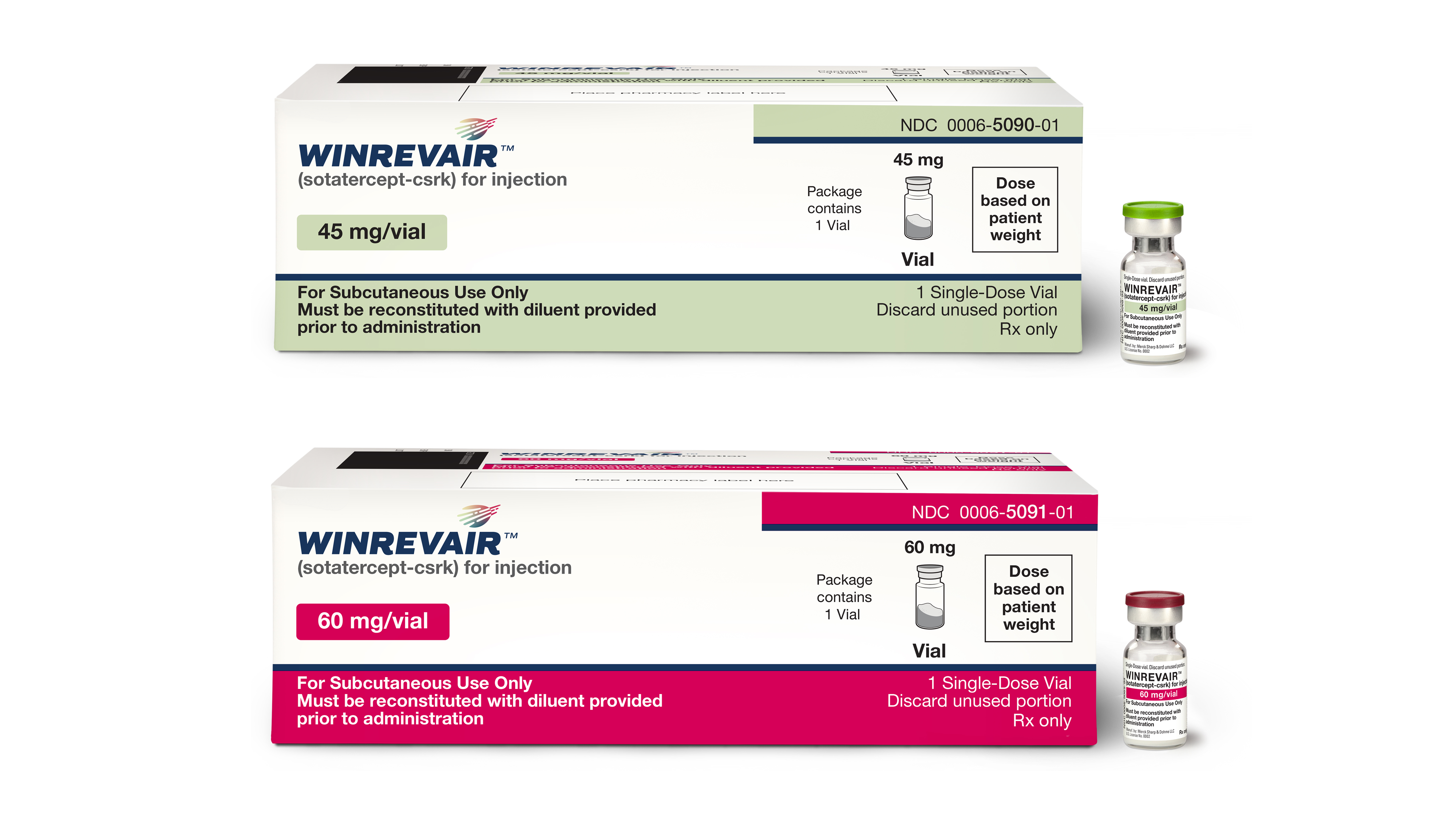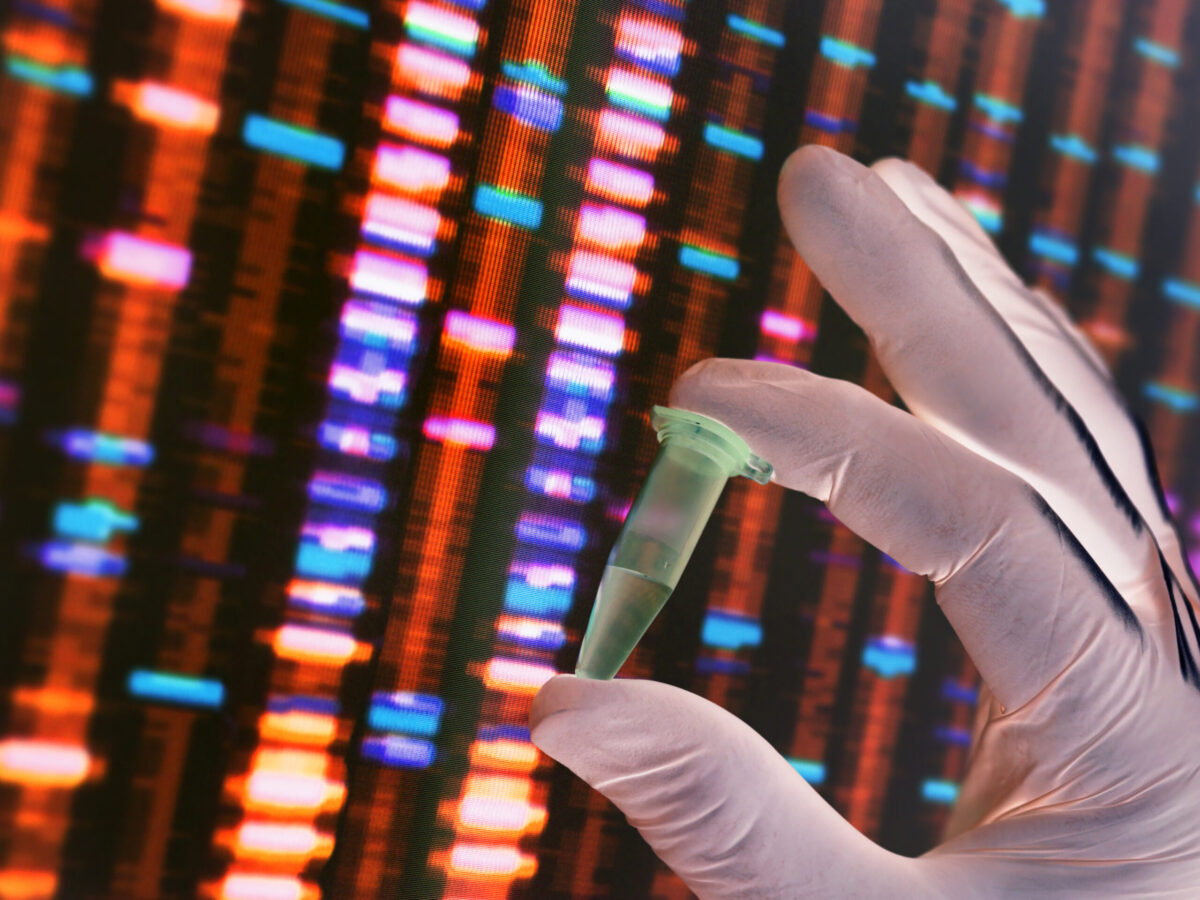Solid tumors of certain cancer types are challenging to treat due, in part, to an extracellular matrix which can block chemotherapeutic agents from accessing cancer cells inside the mass. Now, Spanish researchers have developed a particle, called a “protocell,” which could help cancer drugs bypass this protective layer and target cells in the heart of the tumor.
While surgery can be an effective option for removing solid tumors, some cancers have unfavourable margins which extend into the healthy tissue, making them difficult to resect. In these cases, oncologists turn to radiation and chemotherapy, which can be powerful tools to destroy cancer cells, but carry with them a whole host of negative side effects.
One notable side effect of these cancer treatments is their lack of specificity; these therapies largely target rapidly-dividing cells, meaning they’ll kill malignant cells as well as healthy cells.
Nanoparticles have been proposed as a possible solution to this specificity problem as they are capable of penetrating solid masses due to the organization of blood vessels in and around tumors. However, multiple issues with the nanoparticle-based chemotherapy drug delivery method have been observed, including premature release of the drug payload and an inability to cross the extracellular matrix.
In an attempt to solve this issue, researchers from Universidad Complutense de Madrid in Spain, along with the Comprehensive Cancer Center in New Mexico in the US, have developed a nanoparticle that can bypass the extracellular matrix surrounding a tumor and deliver chemotherapy drugs into the mass. Details of their protocell were published in the journal Chemistry of Materials.
The protocell is composed of a mesoporous silica skeleton capable of holding a large amount of a drug thanks to its high internal surface area. A lipid bilayer was used to cover the drug-containing skeleton which is equipped with, among other things, a collagen-cleaving enzyme to help it penetrate the tough extracellular matrix.
In order to ensure the protocell releases its drug payload only when it is deep within the tumor microenvironment, a pH-sensitive ligand detects the acidic environment inside cancer cells. In a 3-D cell culture model of a solid tumor type, the protocell was better able to get inside and kill cancer cells than a similar protocell without the additional collagen-cleaving enzyme and other enhancements.
While still in the early stages of development, the protocell could one-day help treat patients with solid tumors for which other treatment options have been ineffective.












Join or login to leave a comment
JOIN LOGIN